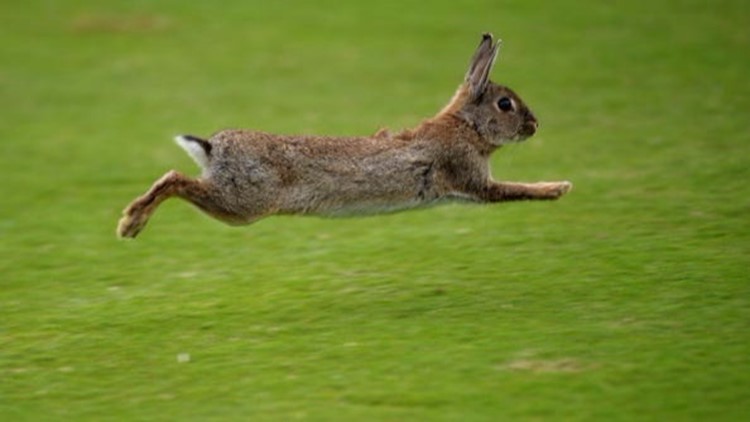COLUMBIA, S.C. — Clemson Extension is warning the public of a disease in rabbits that's been spotted in South Carolina for the first time - and could be deadly to the creatures.
The organization said that rabbit hemorrhagic disease virus type-2 (RHDV2) has been encountered in Greenville County following a sudden die-off of feral rabbits at a homestead in the county. The disease was confirmed upon testing which was performed in Columbia.
Surviving rabbits have been quarantined and are being contained to their hutches to prevent additional spread.
According to State Veteran Michael Neault, this type of rabbit hemorrhagic disease has a mortality rate of 70 percent or more; so, officials are making a concerted effort to prevent the virus from spreading into the wild population.
Neault is also the director of Clemson University Livestock Poultry Health.
The virus is shed by infected rabbits through direct contact, bedding, water, feed, hay, and various materials used to care for rabbits. And while the virus isn't a danger to human health, it can be spread by human contact and contact with insects.
The virus is already endemic in the western United States and impacts wild and domestic rabbits alike. Signs of the virus in rabbits include anorexia, lethargy, conjunctivitis, respiratory signs, bloodstained noses or mouths, and sudden death.
The virus has not taken hold in South Carolina but poses a series threat and could lead to many rabbit deaths in the state if not controlled, according to South Carolina Department of Natural Resources (SCDNR) Assistant Chief Will Dillman.
It is important that we do what we can to prevent contact between infected feral rabbits and wild rabbits," he said.
Dillman is over the wildlife division of SCDNR.
The USDA has a list of recommended steps for the public to take in an effort to prevent RHDV2 from spreading.
First, they suggest not allowing pets or wild rabbits to have contact with your rabbits or to gain entry to areas they inhabit.
Also, don't allow visitors to handle pet rabbits without protective clothing. Rabbit owners should also wash their hands before entering the rabbits' area and after removing protective clothing. Hands should also be washed before leaving the rabbit area.
For those thinking of taking in new rabbits, the SDA warns not to take them from unknown or untrusted sources. Rabbits from shelters and rescue organizations should not be added to a personal rabbitry
Rabbits who are brought in from the outside should be separated from the existing population and monitored for at least 30 days. This includes using separate equipment to avoid potential spread if the new animals are infected.
All equipment and cages should be moved from the rabbitry and sanitized before being returned. A 10% bleach mix with water is recommended. A 10% sodium hydroxide can be used alternatively.
In general, the USDA also recommends rabbit keepers have a good working relationship with a veterinarian to learn more prevention and containment suggestions. Owners should also talk to their veterinarian about vaccination options.
And if a rabbit does die from suspected RHDV2, the owner is urged to contact a veterinarian as soon as possible. They can submit samples for testing to the Clemson Veterinary Diagnostic Center or call 803-726-7831.
Meanwhile, concerns about wild rabbits should be reported to SCDNR's Michael Hook at 803-734-3940 or hookm@dnr.sc.gov.



